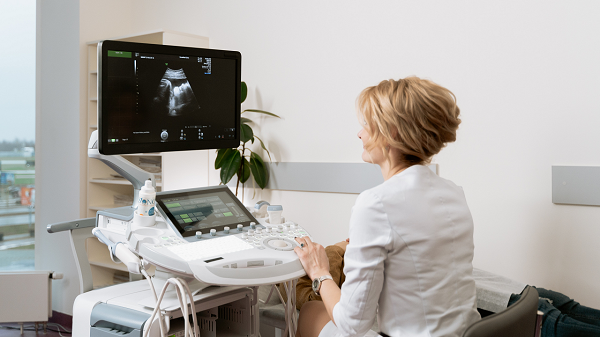COLUMBIA – The University of Missouri researchers are striving to find solutions to the leading cause of maternal mortality in the world — preeclampsia. For Laura Schulz, an associate professor of obstetrics, gynecology and women’s health in the University of Missouri School of Medicine, understanding the root causes of preeclampsia and other complicated, life-threatening maternal conditions is pivotal in advancing women’s health care.

Supported by a renewed $3 million grant from the National Institute of Child Health and Human Development (NICHD), Schulz and her team will use trophoblast cells, which are cells that develop in the placenta and provide nutrients to the growing embryo, to understand how placental defects that cause preeclampsia function. The goal is to learn the disease’s tell-tale signs, which would enable doctors to diagnose, treat, and, ultimately, prevent preeclampsia.
Joining Schulz on the project is co-principal investigator R. Michael Roberts at MU and co-investigators Toshihiko Ezashi at the Colorado Center for Reproductive Medicine and Danny Schust at Duke University.
“Preeclampsia is characterized by high blood pressure and protein in the urine, and it can progress to multisystem organ failure,” Schulz said. “It can also cause stroke, postpartum hemorrhage or, commonly, premature birth, which has all kinds of consequences for the baby.”
While scientists can easily observe the placenta at birth, one of the challenges in studying this disease is that the remodeling of spiral arteries in the uterus — those that supply blood to the placenta — occurs in the first trimester, making it particularly difficult to study as it’s happening. Spiral artery remodeling appears to go wrong in preeclampsia. To study the early stages of pregnancy, without impacting the pregnancy, the researchers are examining umbilical cord cells after the birth occurs.
“What we do is take umbilical cord cells from either a normal pregnancy, or one complicated by preeclampsia after the baby’s been born,” Schulz said. “Then we re-program these cells to turn them into trophoblast cells. That way we can look at cells that resemble placental cells and try to figure out what might be going on in early pregnancy that can lead to the development of all these problems.”
In a prior study, the research team developed umbilical cord-based cell models to test whether they could recapitulate any of the features that are often seen in preeclampsia patients. This new funding will allow for an expansion of this work to make organoids — three-dimensional tissue cultures derived from trophoblast cells — so the researchers can understand the architecture of the tissues and to make specific kinds of trophoblast, the cells of the placenta, to learn more about how this organ works.
“I started off as a comparative reproductive biologist,” Schulz said. “I was mostly interested in how pregnancy happens in different kinds of animals and species-specific factors. And then I got more interested in human pregnancy when I joined an OB-GYN department and learned the implications for women’s health and their babies. Now, I’m broadly interested in how we make healthier pregnancies and a more favorable maternal environment during pregnancy while optimizing fetal bone and muscle growth.”
